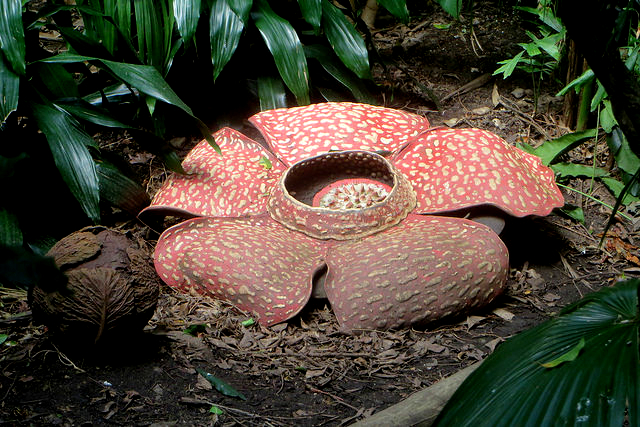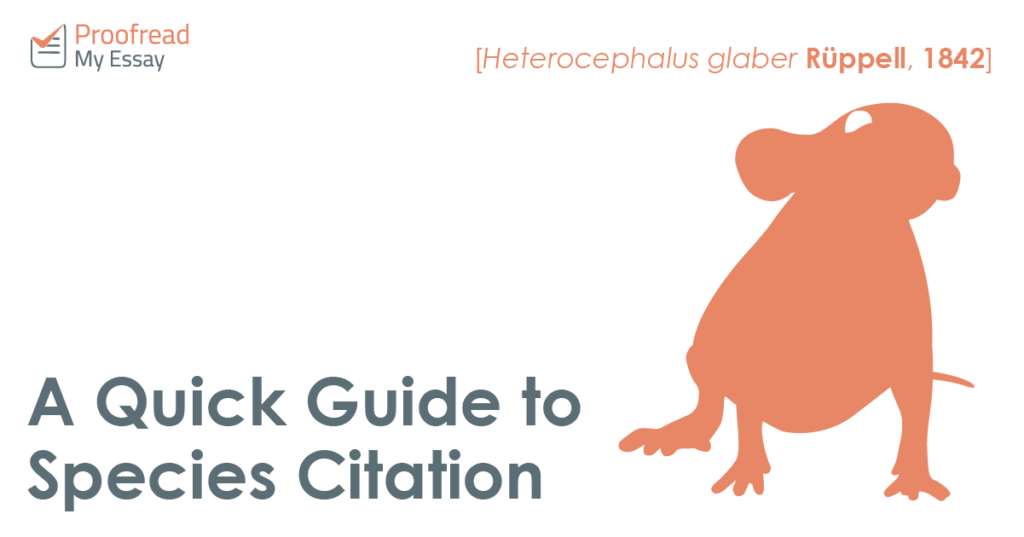Just when you thought referencing was complicated enough… along comes species citation! The good news is that most students won’t need to know this. It is only really used in the biological sciences (e.g. zoology and botany), so literature and drama students can relax now.
But if you’re talking about plants and animals in your work, it’s a good idea to understand how species citation works. In this post, we set out the basics.
What Is Species Citation?
Otherwise known as ‘author citation’, species citation lets you identify the person who discovered a plant or animal species. To be more specific, we cite the person (or people) who gave a species its scientific name (i.e. its Latin name).
As well as giving other authors credit for their work, this is sometimes done to prevent confusion when two species have a similar scientific name. However, author citation is most common in taxonomic studies, so you should check whether it is necessary in your work.
Zoological Citation
There are a few differences between plants and animals when it comes to species citation. The rules for citing animal species are set out in the International Code of Zoological Nomenclature.
The basic format for a zoological citation includes the surname of the person who named a species and the year of publication. For example:
Heterocephalus glaber Rüppell, 1842, was first described in…
Find this useful?
Subscribe to our newsletter and get writing tips from our editors straight to your inbox.
Here, ‘Heterocephalus glaber’ is the Latin name. ‘Rüppell’ is the surname of the person who named it. And 1842 is when the name was established.

(Photo: Jedimentat44/wikimedia)
Botanical Citation
Author citation is a little different with plant species. At its most basic, all you need to do is give an abbreviated version of the person who established the Latin name of the species cited:
Native to Sumatra, Rafflesia arnoldii R.Br. was discovered…
In the above, the author citation is the ‘R.Br.’ after the Latin name. In this case, it is short for Robert Brown, a well-known Scottish botanist. If you’re not sure of the correct abbreviation for an author, you can usually look it up online (e.g. via the International Plant Name Index).

(Photo: Eden, Janine and Jim/flickr)
Additional rules can be found in the International Code of Nomenclature for algae, fungi, and plants. As with any form of referencing, though, the most important factors are clarity and consistency!



